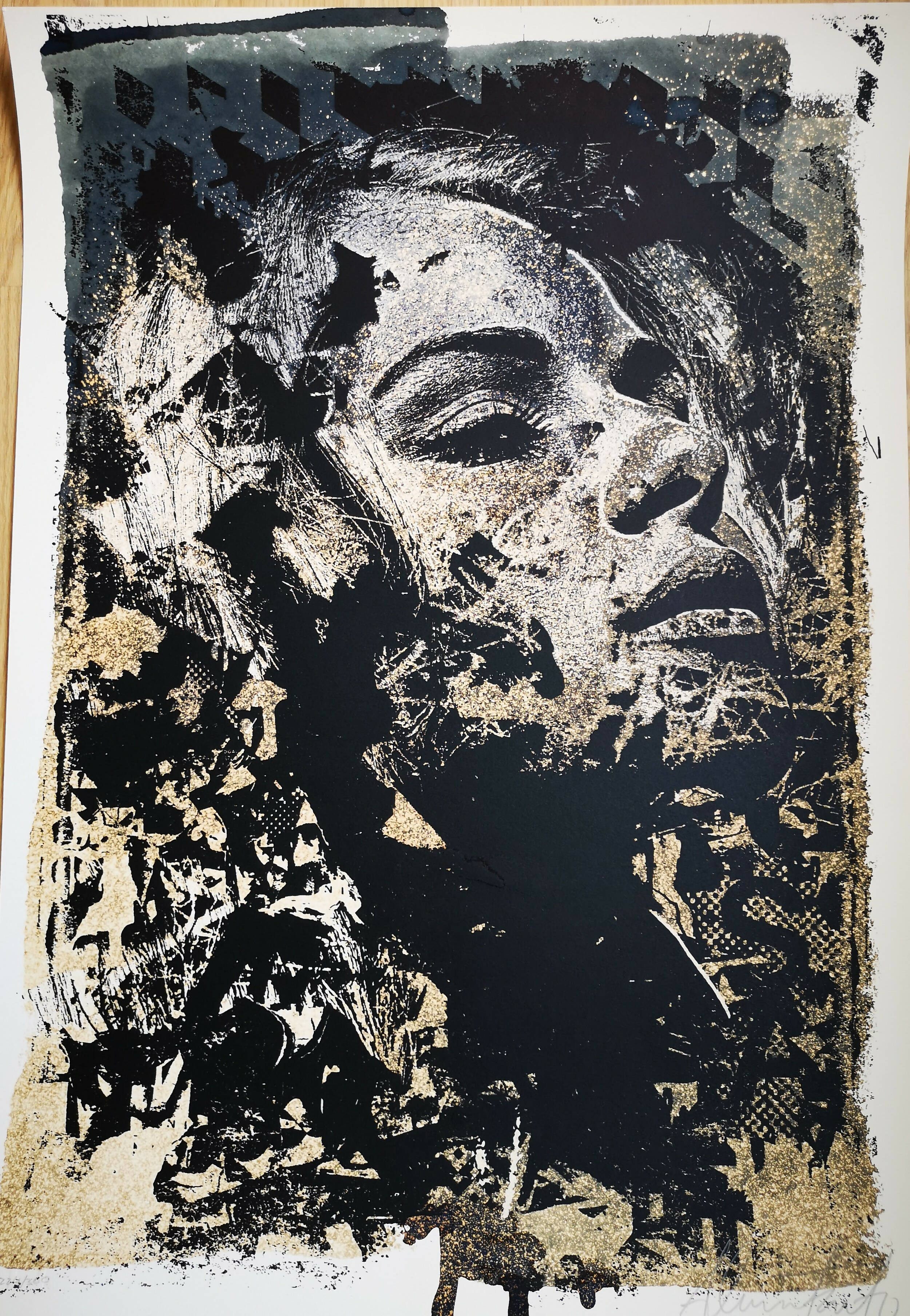
Edition in Art
An edition is a copy or replica of a work of art, from a master. It usually refers to a series of prints or identical prints made on the same print surface, but can also be applied to sculpture, photography and video series.
Screen Printing, Engraving, Lithography: What's the Difference? What does PA, AP or EA mean?
Since the end of the 19th century, the number of prints produced from a single printing plate or surface has generally been restricted and declared as a 'limited edition'. Prior to this, prints were often produced in as many numbers as the process would allow. There were several printing techniques used by the artists: — Engraving: Artistic techniques used to produce images through supports such as wood, stone, plates, among others. — Lithography: Graphic work involving the creation of drawings on limestone with a greased pencil. — Woodcut: Engraving of a design with wood on paper or other suitable support. — Screen printing: Printing process in which the ink is transferred to paper or other support through pressure.
Prints by modern artists are usually limited to a specific number, somewhere between 2 and 1,000 or more. Sometimes the amount is dictated by the process – the plate wears out – but is usually restricted by the artist or publisher. In the end, the printing surface is usually destroyed. Edited prints are usually signed, numbered and often dated by the artist. An edition of twenty-five will be numbered 1/25, 2/25, etc. Artist's Proof, Artist's Proof or Epreuve d'artiste is usually identified at the bottom of the work by the abbreviations PA, AP or EA. Once considered the best prints of a work edition, they are currently relevant due to their rarity. These are usually accompanied by a number of printed proofs, identical to the edition; those produced for the artist are marked 'AP' (artist's proof), those for the printer or publisher 'PP' (printer's proof). Various proofs of work can also be done. 'Bon à tirer' (good for printing) proofs provide a standard to guide the printer. Hors Commerce (HC) are rare Prints with greater value as they normally belong to the artist and allow the possibility of printing others.
At P55.ART we have several artists who have created series of prints usually with a specific and limited number. One of the main artists of the urban art movement (street art), Alexandre Farto, better known as Vhils, brought his style of sculpting the faces of anonymous figures on a large scale to the technique of serigraphy. Vhils became an international phenomenon, mainly for his murals in public space, but also through the various editions of his works. Both on the street and on paper, his pieces express and reflect current themes in the artistic scene, such as identity, representation, ephemerality and the experience of the individual in the consumer society.
the portuguese artist Manuel Cargaleiro he also created a striking language in the artistic world through the combination of ceramics and painting, through interplay between color, light and shadow. His works, whether in painting or serigraphy, are strongly characterized by the use of geometry and abstract language, tending to be non-figurative. The spontaneous and dynamic brushstrokes with vibrant colors overlap the shape, reducing the formality that characterizes the geometric elements. The influence of the traditional Portuguese tile is denoted, by the repetition of the quadrilaterals and the use of colors such as blue and white.
Both in painting and in graphic work, Vieira da Silva represented a unique approach, less gestural and more geometric than the Art Informel style. The Portuguese artist merged her first studies with the French cubist Fernand Léger with other modern styles, such as futurism and constructivism, to create paintings that resembled abstract urban grids and united multiple perspectives in a fractured sense of space. In abstract compositions, Maria Helena Vieira da Silva involved his work in a poetry of colors and shapes, inspired by the big cities. Introducing expressive, profound and ambiguous elements into his works,
Paula Rego gained recognition as one of the greatest artists of our time, nationally and internationally. From abstractionism to conceptualism, his pieces are part of a figurative field of their own: «the beautiful grotesque». In surreal compositions with a cruelty - both subtle and explicit - the Portuguese artist demonstrates her own imagery, the brutality of Portuguese folktales, dysfunctional family relationships, political systems and social structures.
Other artistic techniques with editing
Cast sculptures, made from found objects or machine-made, photography, film or video, and artist's books all have editions, as the processes used to create them allow copies to be made relatively easily. Edits are usually produced after the original masterpiece and made in batches of a defined size. They are often signed or sanctioned by the artist, although they can also be produced after the artist's death.
the portuguese artist Noronha da Costa created several editions with signed photographs that you can discover on P55.ART. He stood out in the artistic panorama for his constant study of image and perception. Noronha Costa's artistic production was marked by the questioning of perception, with dualities always existing, between real or virtual, duplication or blurring. In addition to painting and serigraphy, he also carried out artistic works at the level of experimental cinema.Discover more artists who used different techniques on P55.ART.







